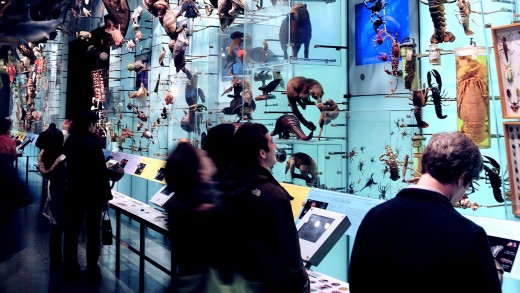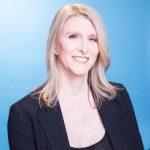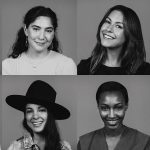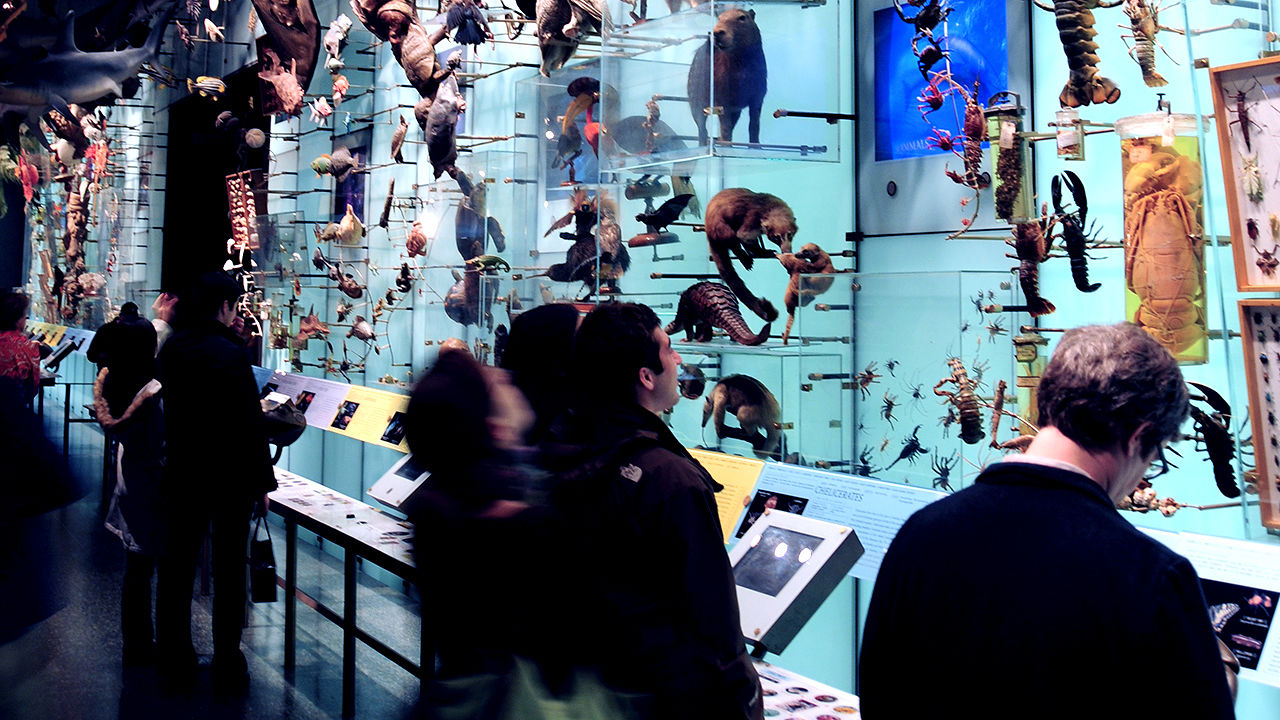How The pure historical past Museum Is altering The Ratio of women And Minorities in STEM
beyond the dioramas and dinosaurs, the American Museum of natural historical past is working at the back of the scenes to boost equality in STEM.
August 5, 2015
we all know the issue: there aren’t sufficient ladies pursuing STEM careers and there are about to be lots fewer. There are fewer ladies incomes engineering and laptop science degrees than there have been 10 years ago.
We take into account the impression: homogenous offices aren’t just right for industry as they file decrease income, much less engagement, productiveness, and innovation.
We also know that some of the absolute best methods to make sure the way forward for STEM is a more equitable one is to interact ladies whereas they’re very younger (think: GoldieBlox), preserve them keen on studying essential talents via heart and highschool (hiya, girls Who Code), and throw in a powerful female lead to watch on television to additional the message that women can also be scientists and engineers.
but science itself—particularly the scientific method of asking a question and trying out through experiments—may just dangle the key to what is going to ultimately proper the lopsidedness of gender in STEM.
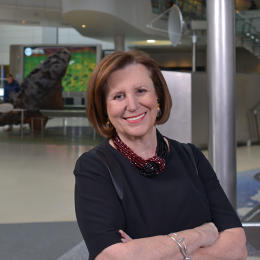
“it’ll take various completely different tactics together,” says Ellen Futter, “and checking out and experiments to look what works perfect.” As president of the American Museum of pure history (AMNH), Futter is top the cost to do exactly that.
The 146-year-old institution could also be best possible recognized for its dinosaur bones and dioramas, however Futter sees it taking a pivotal place within the firmament of educational process. “we are not a faculty setting,” Futter underscores, “but we now have from the beginning built-in science and education.”
at the moment, Futter believes science training is “widely in quandary, as certain teams are usually not empowered to participate.” as a result of, she notes, the various most vital issues of our time have a scientific underpinning, alternatives that go with the flow from a science heritage are important for individuals of all backgrounds. In other words: without innovations in tech, healthcare, and environmental sustainability, the sector we know can be in peril.
She believes it can be as much as establishments like the AMNH with its extraordinary instruments (33 million specimens and 200 scientists) to extend the halls of the schoolhouse and change the ratio. “the general public don’t take into account what science is,” Futter argues, railing towards the persistent notion that science includes males working alone in a lab, and specialists most effective need follow. the fact, she counters, is rather more collaborative. “The museum bargains a gorgeous possibility to resolve an enormous detective story,” Futter says, by means of providing the venue for inquiry-primarily based, fingers-on, venture-oriented finding out. “Ask questions, make observations,” she states. “Even failure can result in eureka.”
To information the process and close each gender and probability gaps, the AMNH has a variety of initiatives. Its latest, BridgeUp: STEM, funded by way of the Helen Gurley Brown trust, is designed to lend a hand underserved and underrepresented college students get happy with laptop science. where it differs from different efforts to teach girls to code is that these “Brown scholars” (ninth- and tenth-grade ladies) focus on programming for science analysis and knowledge visualization the use of Python and SQL.
although the program simply “graduated” its top quality, most of the young women stated that while they’d never heard of the programming languages, virtually all spoke back that they now knew methods to use them, and a few considered themselves “experts.” so much so, that some went to the NASA SpaceApps competitors in New York city, and two of them had been on the profitable team. All 15 students elected to stay and maintain engaged on their projects with mentors and museum curators after this system was finished.
“we know ladies begin out [in science] and then they fall off,” says Futter. “We wish to catch them, not just learn coding for coding’s sake, however to apply and fix it to science,” she explains. “it is a two-fer.”
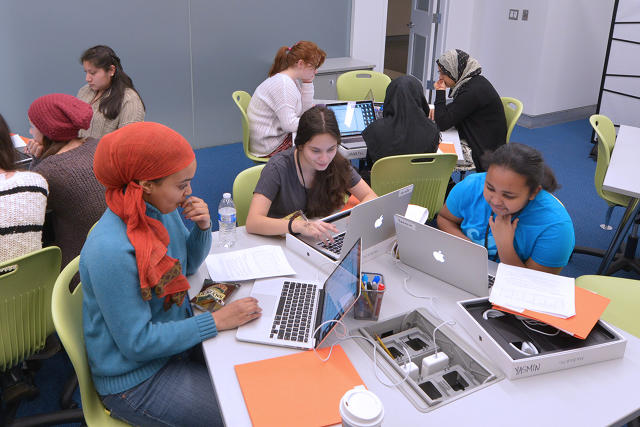
That stated, there’s no foolproof course of, Futter admits, but knows that some extent of inflection happens all through center school. that is the place urban benefit comes in. AMNH working along with other science-primarily based native organizations such because the zoo and the corridor of Science are all in favour of coaching center college lecturers. “It empowers them to share science and make it a detective story, no longer just physique of details,” Futter.
given that its inception in 2004, the program has served 1,371 teachers and more than 225,000 college students by using providing materials for scientific investigations in the school room, field trips, get admission to for teachers to scientists and collections, and professional construction for educators. Futter points out that an unbiased evaluation performed through NYU found that college students who undergo this system perform higher on standardized checks.
As the former president of Barnard, Futter is familiar with the significance of position fashions to attract and preserve college students in STEM. As such, AMNH bargains a PhD program in comparative biology as well as a Masters of artwork in educating application namely geared towards getting extra certified academics within the pipeline to teach, in addition to three MOOCs that cover genomics, evolution, and climate alternate.
“shooting [women and minorities] younger and giving them the chance to in reality do science could be very unique, and really essential to where we match,” says Futter. achieving gender and possibility equality “takes a village,” she adds. “You wish to cover the entire bases.”
(90)

